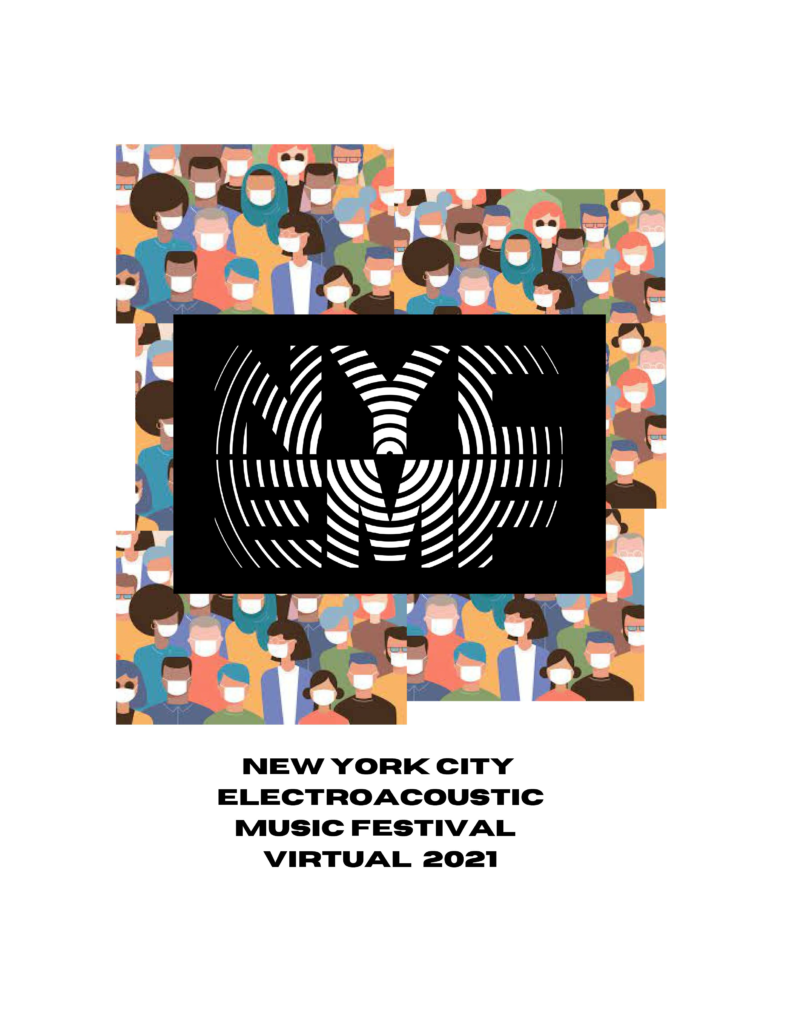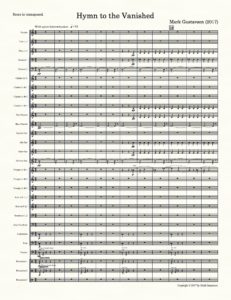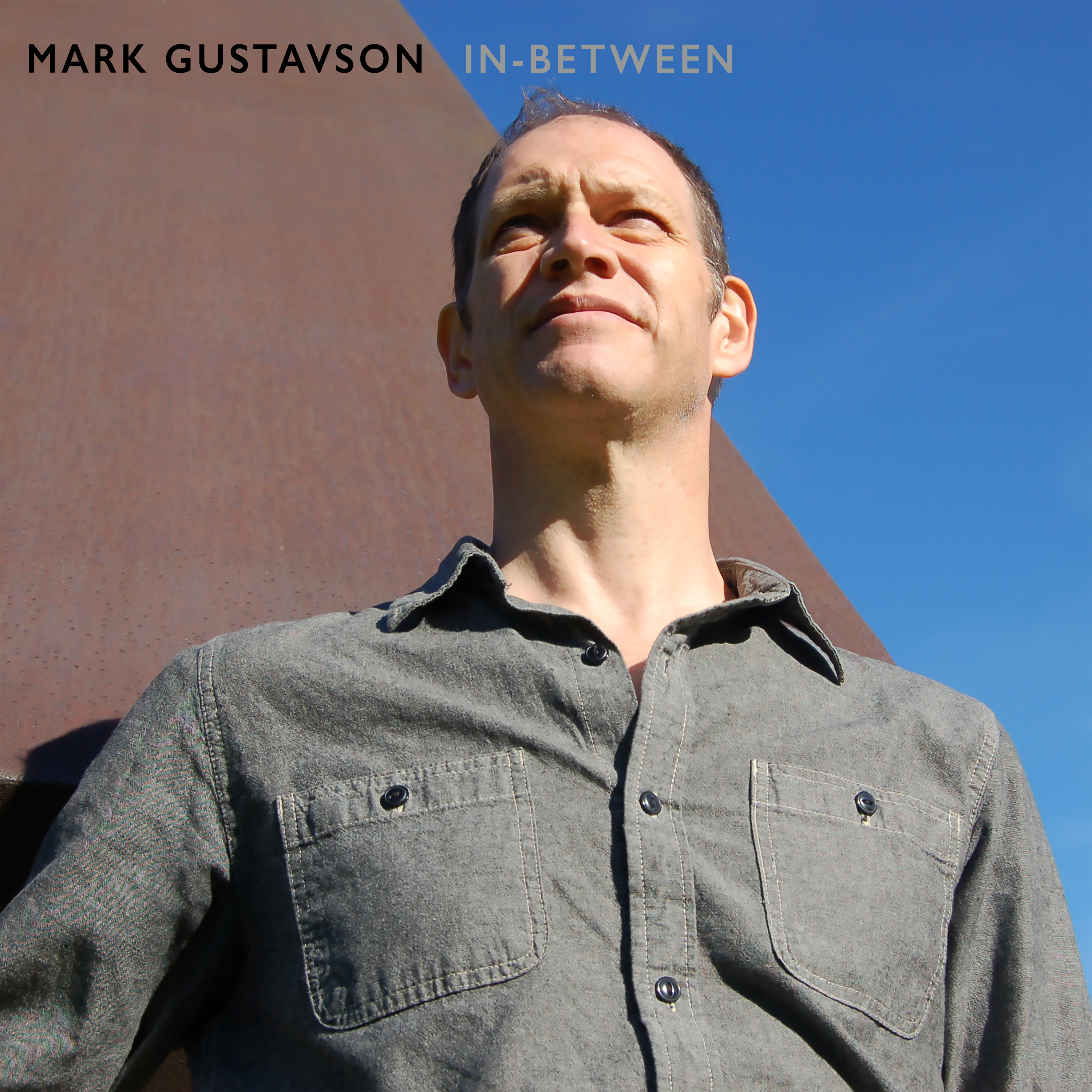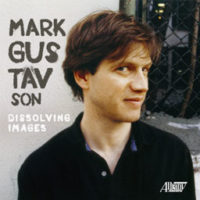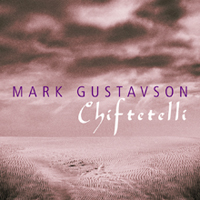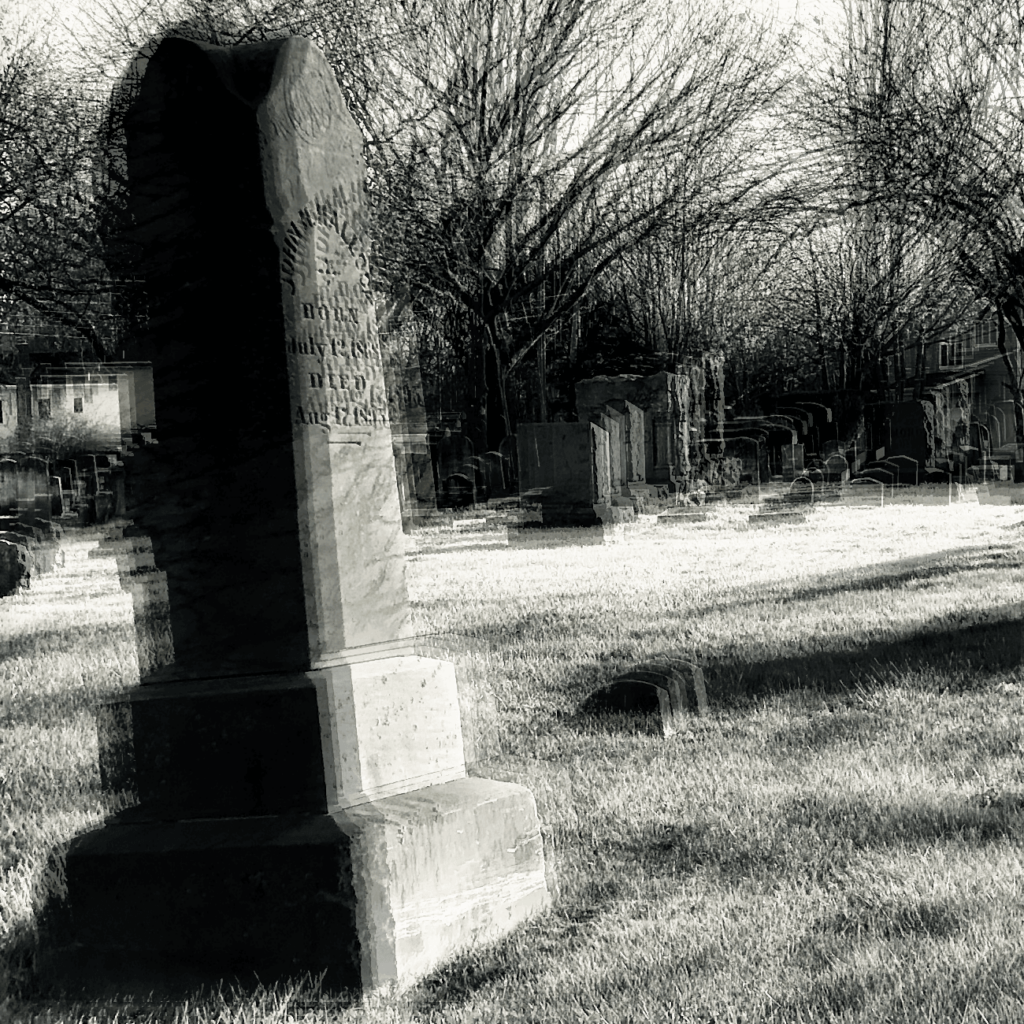
Which is Which (2023) is music for clarinet and 2-channel fixed audio with a duration of ten minutes. I began to compose this piece just after I finished Wingbeat for harp and 2-channel fixed audio. Here, “to compose” initially meant contemplating an electroacoustic sound I designed years earlier that sounded like a stone striking another stone—as if thrown. Not much of anything you might say. I don’t remember how long it took before the idea of what to do with this single stone-sound but I had patience. The idea that came to me was the sound of a rolling stone to suggest “time.” Or no-time. Here is an 11 second clip of the rolling stone sound,
Then other ideas began to attach to this rolling stone sound. Just as I began working with the stone sounds Russia invaded Ukraine. One of the first videos I saw of the war was a maternity hospital that was hit with a rocket and a woman who had just given birth was being rushed out on a gurney by healthcare workers. Sadly, she died but I believe her new born survived. In the video the outside of the hospital was a pile of ruble…more or less stones. Then Shakespeare’s “MacBeth” appeared to me. By Act 3, we know the king and queen are delusional when they can’t tell if it is night or morning (Which is which) and MacBeth says, “Stones have been known to move, and trees to speak.” a reference to witch craft. From there I decided to have the sound of a rolling rock throughout the piece—a type of “ostinato”. Then I recorded myself reading the line, “Stones have been known to move, and trees to speak.” and use each word as a sound source to process using granular synthesis. Which is Which explores the edges of musical sound and noise.
Among these sounds the clarinet solo roams.

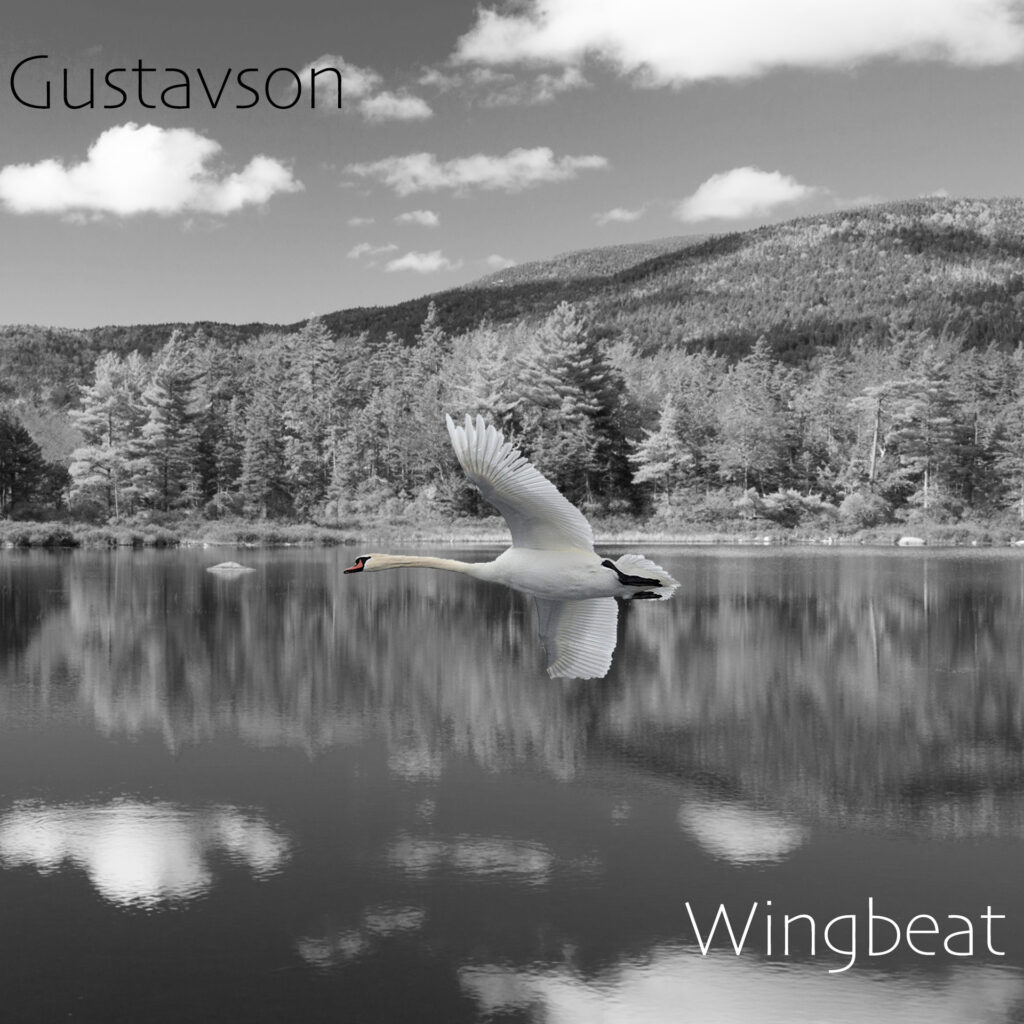
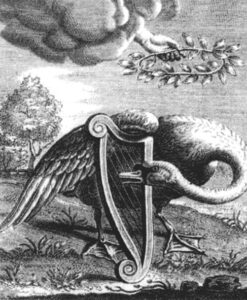
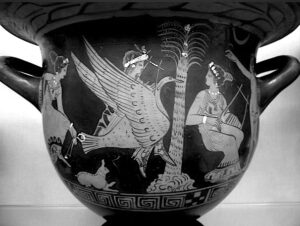
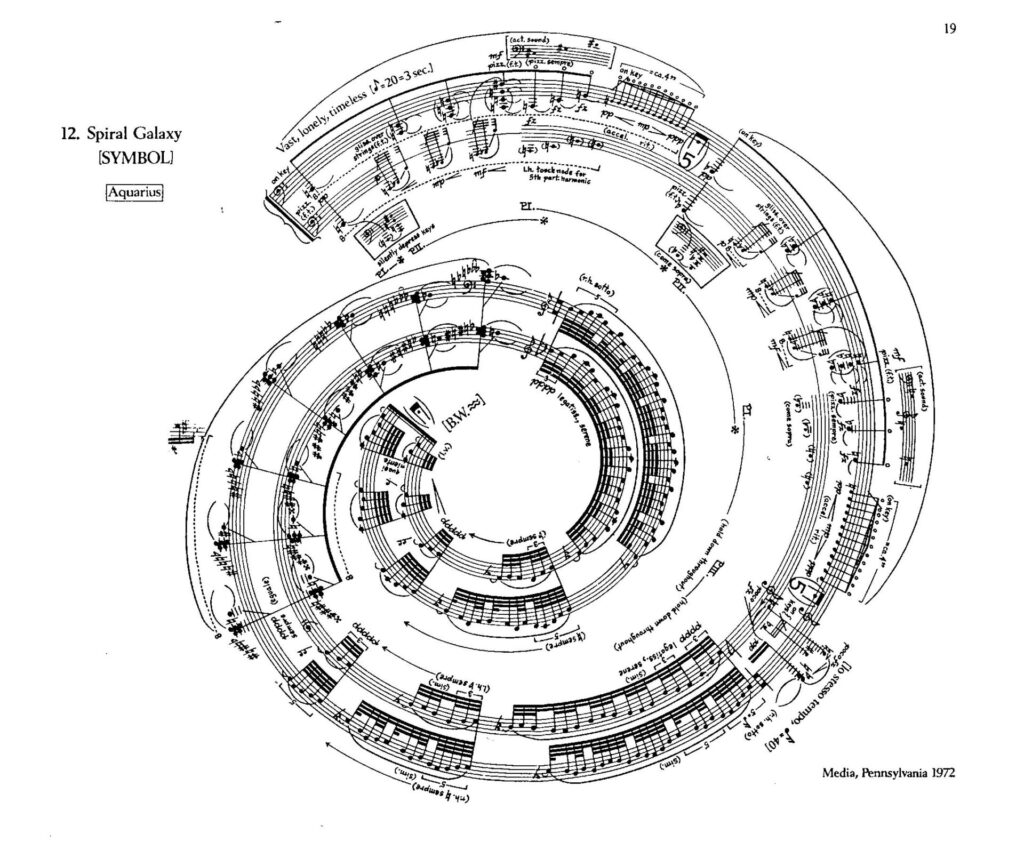

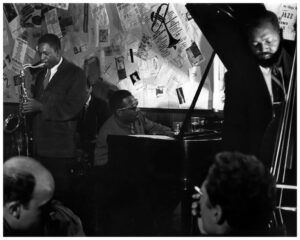
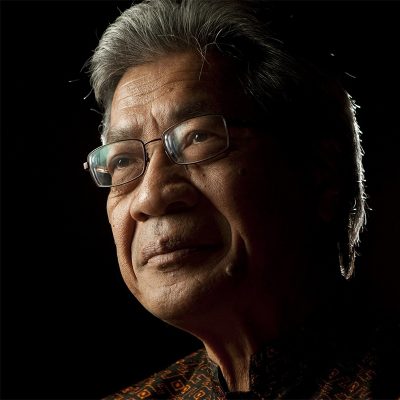 The 80th birthday of the Khmer-American composer
The 80th birthday of the Khmer-American composer 